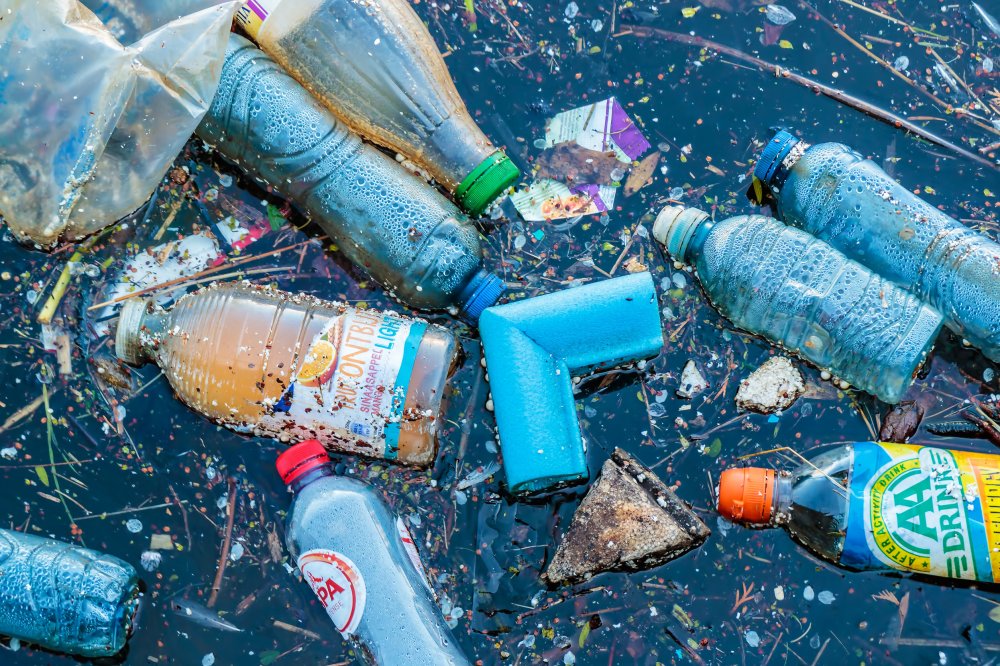What Happens To The Plastic We Throw Away

Over 300 million tons of plastic are produced worldwide every year. Out of that 300 million, 8 million ends up in the ocean. It’s no secret that the ocean is vital for survival. Covering up to 70 percent of the Earth’s surface, it soaks up carbon dioxide, aids in the economy and is the home to millions of species. Although it’s so important, marine debris, any manufactured or processed solid that is disposed of in a marine environment, continues to build up. According to recent studies, 80 percent of that marine debris is plastic.
How did we get here? What happens to the plastic we throw away?
Plastic Pollution & The Ocean
The plastic found in the ocean ranges from soda cans and plastic straws to fishing gear and abandoned boats. No matter how small, marine debris affects navigation, human health and marine species. The source of plastic pollution comes in two forms: directly and indirectly.
Whether intentional or not, plastic enters the ocean directly via ships. The Great Pacific Garbage Patch, an area in the North Pacific Ocean between Hawaii and California that is known for its collection of trash, most often is littered with abandoned fishing gear. This gear includes fishing nets (46 percent!), ropes, eel traps, oyster spacers, crates and baskets. Marine life suffers the most from this pollution as it can severely injure or kill them. In addition, cargo from cargo ships are often found among the rubble.
Indirectly, mismanaged waste, trash that was never separated out to the correct receptacle, travels from land to the ocean via local waterways and gyres. Gyres are currents that continuously rotate, such as the Great Pacific Garbage Patch. Local waterways, such as rivers, dump out any trash that is carried along the way.
Most Polluted Oceans
Unfortunately, plastic pollution affects every ocean. However, the most polluted oceans are found in developing countries. Two of the biggest reasons for this are lack of systems for managed waste and polluted waterways. For example, Manila has a garbage system that spans across 17 governments. With that much garbage, mismanaged plastic is bound to end up in the wrong receptacle! In addition, limited landfills add to the lack of organization.
Cleanest Oceans In The World
Although there is no such thing as an ocean immune to pollution, there are some that are notably more contained. The cleanest oceans in the world are found in the Southern Ocean, such as the Maldives or the Bahamas. The oceans both have gyres but less human activity. The reason for this is because they have less inhabitants and less ships.
Methods To Tackle Plastic Waste
When it comes down to it, plastic management needs to be made a priority. Every government needs to take control of its landfills and trash management. Although this is a huge undertaking, the way to combat this is to think globally but act locally. One way to do this is to vote in local, state and national elections for officials that understand the importance of getting this issue under control. Another way is to look into how your community manages trash and inciting change from there. For example, making sure local restaurants or coffee shops no longer offer single use plastic or grocery stores no longer offering plastic bags.
How We Can Help
To make a change, the first step is understanding how plastic is affecting the ocean and where it comes from. Advocacy always begins with knowledge. We can also make daily choices that will result in change, such as no longer using single use plastic straws, drinking soda out of refillable water bottles and recycling.
Resources
